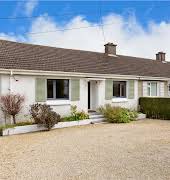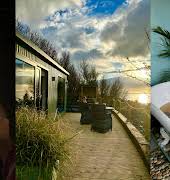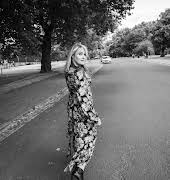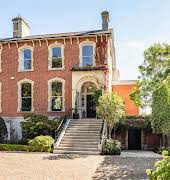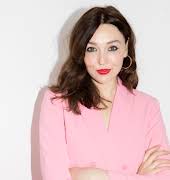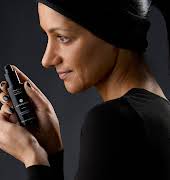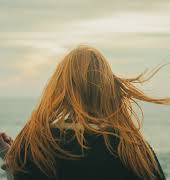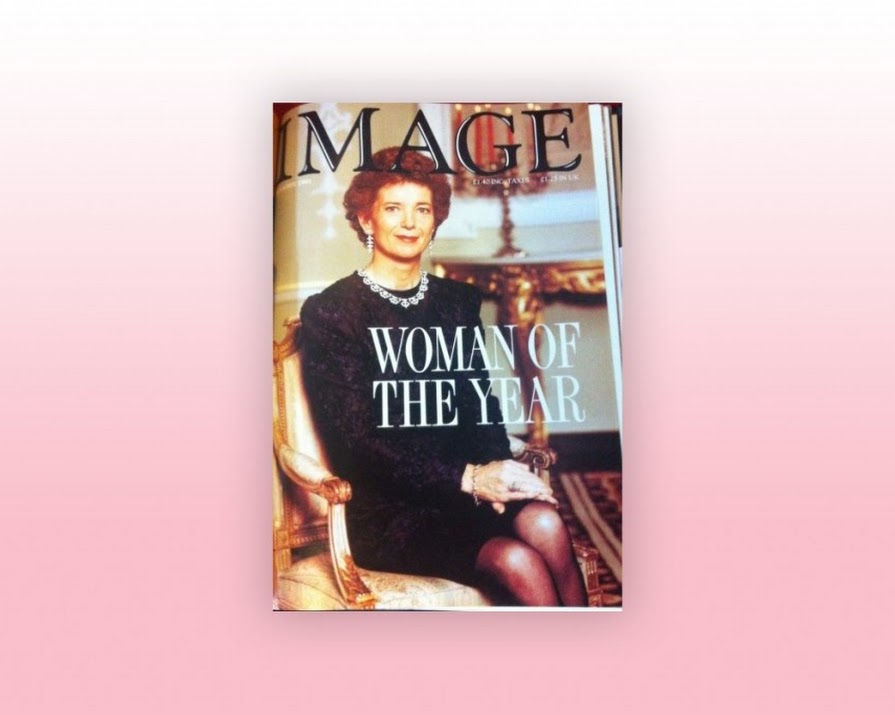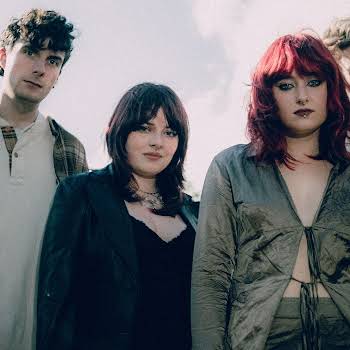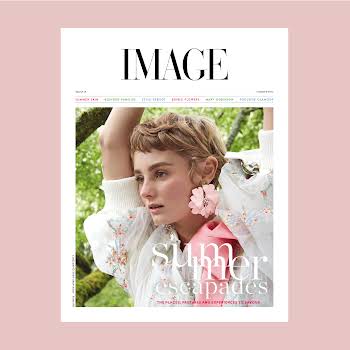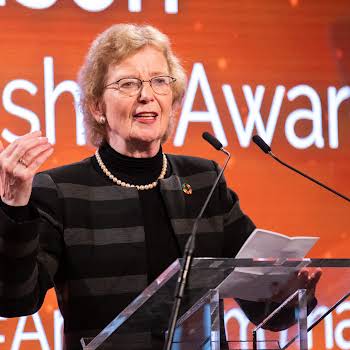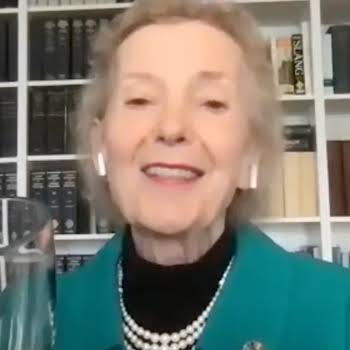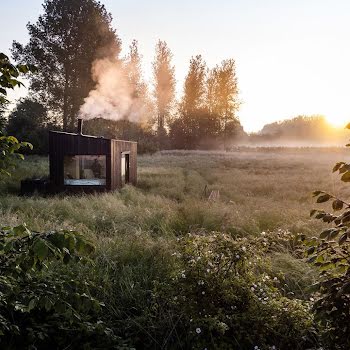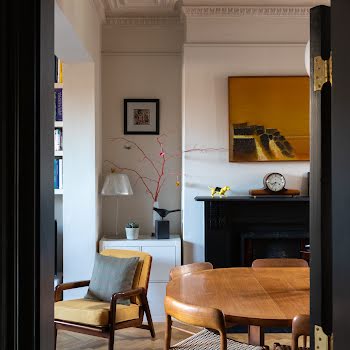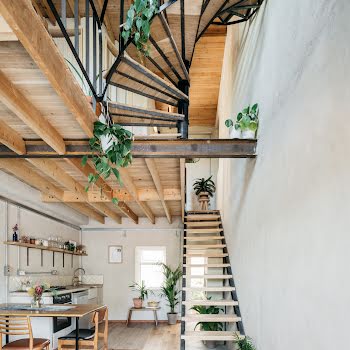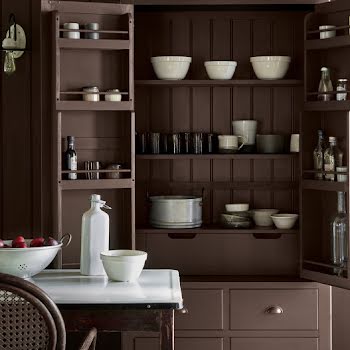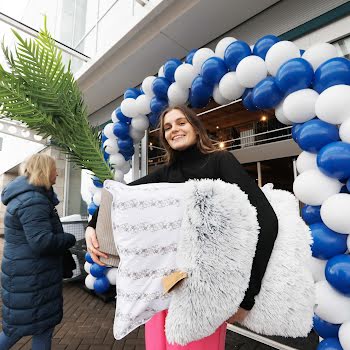
By IMAGE
IMAGE Magazine was the first woman’s magazine to interview Ireland’s first female President after her inauguration. From the archives, we bring you our 1991 interview with Mary Robinson.
After 800 public engagements, 700 speeches and five state visits in just one year, our Aras V.I.P. has no regrets. The nation hails Mary as she gracefully captures the world’s attention. In her first interview with a women’s magazine, since her inauguration, President Robinson spoke to Deirdre McQuillan about substance and style.
The drive up to Aras an Uachtarain is long and sweeping – surrounded by parkland, with horses and cattle grazing peacefully among majestic chestnut trees. Mary Robinson recalls her feelings last December as she arrived at her new residence as President of Ireland for the first time.
“We came here for lunch after the inauguration and in the middle of lunch, I could see the light playing on the window pane. I kept looking at the light and experienced a feeling of incredulity. That sense of incredulity came to me at least once a day for many days afterwards. But you adjust to it quite rapidly.”
The nation has also become adjusted to a new kind of President – a prodigiously hard worker, an energetic traveller, an active head of state, a kind of omni-president who in a way has written her own job description. “It has been very much a learning year,” she says, “and if I had a residual doubt from the beginning about whether it was a real job that was challenging and worth doing, I have no doubt now. It has been a question of reading myself into it, understanding the Constitution and that the constrictions are not a barrier to doing the job.” The word challenge crops up regularly in her conversation.
Her schedule for the past twelve months has been a punishing one. In one year she has fulfilled some 800 public engagements averaging four-five daily and has written more than 700 speeches. That figure does not include her trips abroad to the US, Portugal, Norway and two visits to Britain – the first ever by an Irish head of state. In 44 weeks, she attended everything from karate and boules to swimming and rugby. She has gone to places around the country no President has ever visited before. Her performance few would deny, has been impressive.
She is taller than one expects, friendly and self assured, with a habit of using her hands a lot to emphasise what she is saying. Not a minute is wasted. Before her arrival, the IMAGE photographic team were ushered into one of the state receptions rooms, served coffee and sandwiches and generally made to feel welcome. But it was strictly ten minutes for make-up during which she finished work on a speech she was to deliver that evening.
It was busy outside too where BBC Spotlight from Belfast were taking pictures, as was a photographer from an Australian magazine New Woman and just before that, the This Week team had completed four day’s filming with the President. Media interest abroad has been relentless: two major American women’s magazines, Vogue and Lear, are currently planning profiles and sending reporters to Ireland.
Her projection of a smart new image of Ireland outside the country has been significant, too, particularly on her American trip, where, according to one Irish journalist who covered it, “she redefined the role of the President here. She has intellectual calibre, something we do not expect from people representing our country. I feel quite proud of her.”
The American trip also opened her eyes to the possibilities and potential of the presidential role abroad. “I was delighted to touch base with the Irish family there,” she says.
The Irish American community were delighted too that she chose to represent Ireland by speaking on issues not necessarily directly relating to it, subjects like the US and Europe, world poverty and feminism and the role of women at home which she did in a notable address at Brown University. Quoting Emily Dickinson, Wallace Stevens, James Baldwin, Yeats and Mary Woolstonecraft, she argued that perpetuating the low status accorded to women at home was perpetuating their oppression, “I was taken aback at how well it was received. We feminists need to value the concerns and pressures of women with children at home in an everyday context. It is time to pose these questions.”
Making Aras an Uachtarain, that elegant white mansion in the Phoenix Park, a home, was one of her first and most immediate jobs. “We were happy in Sandford Road, it was near schools and friends so it was difficult for the children at first, it was quite an intimidating place. We decided, unlike previous presidents, not to live in the West-Wing at the side of the house, but in the main house, above the state rooms – to live above the shop, so to speak. In a shorter time than I thought possible, it has become a home. It’s a hardworking household, everybody must do their bit.”
There is still, as she says, a ‘slight isolation’ but her children’s friends and relatives are encouraged to visit and “there are no restrictions. The distance factor is compensated for by the wonderful grounds here.” She has a household staff of nine and begins each day around 7am -catching up on news and current affairs- and she also prepares breakfast. She usually has no appointments before 10am and tries, most evenings, to have supper with her family and friends.
Of all the groups who now visit the Aras, many do not meet the President herself, but are given a tour of the magnificent state rooms. “One of my simple, modest priorities is that visitors, particularly from disadvantaged areas or from Northern Ireland who would initially find it a bit awesome, would go away with a sense of having had a good time.”
Her direct contact with the people of Ireland and not just high profile groups has been very much a feature of her first year in office and she is determined, as she says, to stay in touch. “I am enjoying the fact that I am not involved in policy, not a member of government. I am more accessible, because I am not regarded as a political figure, an individual who is pulling strings – the campaign was a good preparation for the job.”
She has learned how the symbolic authority of the presidency can give status to even the smallest grass roots organisation, a fact that has angered some of her critics. “I have learned the importance of visiting a small group. It gives them recognition and value which can build up confidence.” Her visit to the Women’s Aid refuge in Dublin resulted in the complete refurbishment of the premises and when she accepted an invitation to open Woman’s Studies Centre in Galway a new bungalow was provided to house it.
Apart from anything else, her countrywide appearances with all the state panoply of cars and cavalcades have done wonders for Irish roads.
Anyone who meets her cannot but be impressed not just by her conviction and commitment, but also by her looks, in the transformation of her personal style from, as Nell McCafferty put it, “reticent, nit-picking lawyer to sexy woman,” but as her special assistant Bride Rosney sternly points out, “clothes are not an issue with her.” This was demonstrated by the fact that she had no idea who made the dress she wore for the IMAGE photograph. Intense media curiosity about her American wardrobe was not satisfied by the Aras who refused to give details. Though she has wardrobe ‘advisors,’ notably Cecily McMenamin at Brown Thomas and like Princess Di, wears Paul Costelloe, no undue importance is placed on the sartorial aspects of her daily life. During her election campaign, according to former campaign manager Brenda O’Hanlon, her wardrobe consisted of seven jackets, two skirts and and five shirts. These were lined up on a clothes rail and marked “Monday’s outfit,” “Tuesday’s outfit” and so on. Her daughter Tessa used to take her clothes to the cleaners. Trying-on sessions were – and still are – perfunctory, with husband Nick occasionally in attendance. “She’s a no-frills person,” says Brenda. She does her own makeup and in America employed the services of local hairdressers.
“I think appearance and ceremony are the hardest elements of the position, but I take seriously the fact that, as a woman president, I must look well and wear Irish designs, though not always. I am conscious of the need to be fair, but the right balance has to be struck. I am aware that seeking to project well as a woman is very good for the morale of a great deal of women. Women take pride in the fact that I look well, but it’s not easy. When I’m relaxing, I can assure you, it’s jeans and no make-up.”
Periods of relaxation are mostly in the evening and at the weekends with her family. Her Saturday lunches for friends, once a regular feature of life in Sandford Road, have continued as have other family rituals – “things one has to hold on to”. Despite her physical stamina, she needs her constitutional breaks. “It’s important and necessary to have enough time – the very public profile takes it’s own toll. You become used to being President and the focus of so much attention but you forget you are an individual and it’s very draining.”
Her husband, whose role “is not so clearly defined”, is a constant source of support, encouragement and good humour. “We unwind through humour and that’s important.”
The family travelled privately to France this August for summer holidays.
Of the several hundred invitations a week which she receives, most are turned down and she is “booked up” until next October. Many of her engagements this year were in response to such requests, but despite her commitment to stay in touch with every aspect of Irish life, particularly the “marginalised constituencies” about which she feels so strongly, she wants to make the presidency more “pro-active”, to shape her own agenda.
On the recent This Week programme on British television she spoke of “the great opportunities to shape a sense of Irishness in Europe”, for instance. She is particularly interested in an early working visit to Northern Ireland. Her “dearest wish” is to bring together people from North and South – a theme reiterated frequently in America, to extend the hand of friendship as she promised.
One of the many visitors from the North of Ireland was Eithne O’Connor of the North Leitrim Integrated Resource Group who lives in Enniskillen. Her views probably echo those of many who have been welcome there.
“There was an aura about the place that exudes friendship. I came away feeling she’s a European, a woman with a real interest in rural matters who believes that rural Ireland can have a future, that women are a force for change if their energy can be harnessed. It’s really a sense of somebody in high places who listens and who will do what she can to help you within the confines of her office.”
Mna na hEireann are clearly enthralled. Olivia O’Leary put it this way: “To me she’s more than just somebody I admire – she represents the growing up of our country, our generation. She’s a symbol of a new order; she’s a note of optimism and hope.”
It is quite obvious from her enthusiasm and vitality that Mary Robinson is loving her new role, exhilarating in it. “It’s a unique challenge. I didn’t really understand when people said to me, enjoy it, but how true that is. I am enjoying it, it is wonderful. It has been good for me . . . This office is directly related to people and I relate to people rather than to clothes or objects.”
Her briefing as a lawyer is important too, she says. “It gives me an extra opportunity to be enriched by contact with people and the challenges of representing Irish identity in the 1990’s.”
In the handsome room, where the Council of State meets are portraits of Ireland’s previous presidents,, an august all-male gallery awaiting it’s new, most youthful addition. Has a portrait been commissioned yet? No, says Bride Rosney, with the pained air of one for whom it is the least of her priorities. “There’ll be plenty of time for that. She’s going to be around for a while.”
This article originally appeared in the 1991 December issue of IMAGE magazine.

